The Dark Pictures Anthology: Little Hope Review
Fast Facts
Little Hope
Developer: Supermassive Games
Publisher: Bandai Namco Entertainment
Website: https://www.thedarkpictures.com/little-hope
Genre: Action, Adventure, Thriller, Horror
Platform: Xbox
Age Rating: PEGI 18
Release Date: 30/Oct/2020
Price: £24.99
The reviewer purchased a copy of the game
Supermassive Games made a name for themselves with Until Dawn, the PS4 exclusive horror game that was inspired by classic slasher films and their cliches/tropes. It was loved by both critics and players alike, compelling the developers to start work on an anthology of games that would continue its legacy. The first of these games, Man of Medan, was a solid adventure, but could not recapture what made its predecessor so great. Little Hope offers a similar experience in many ways. This is a sinister game full of excellent scares, improving some aspects, but also suffering from the same issues.
The game’s set in the fictional town of Little Hope. It’s an abandoned place with a dark and troubled history based off of the 17th century Andover witch trials. Like Man of Medan, you are soon introduced to the Curator. An enigmatic individual who offers vague insight and even hints on the story for those that want it. The tale begins with a gruesome series of events which sets the tone of the game. The Curator will inform you that these were unavoidable, but the rest of the narrative is dependent on your choices.
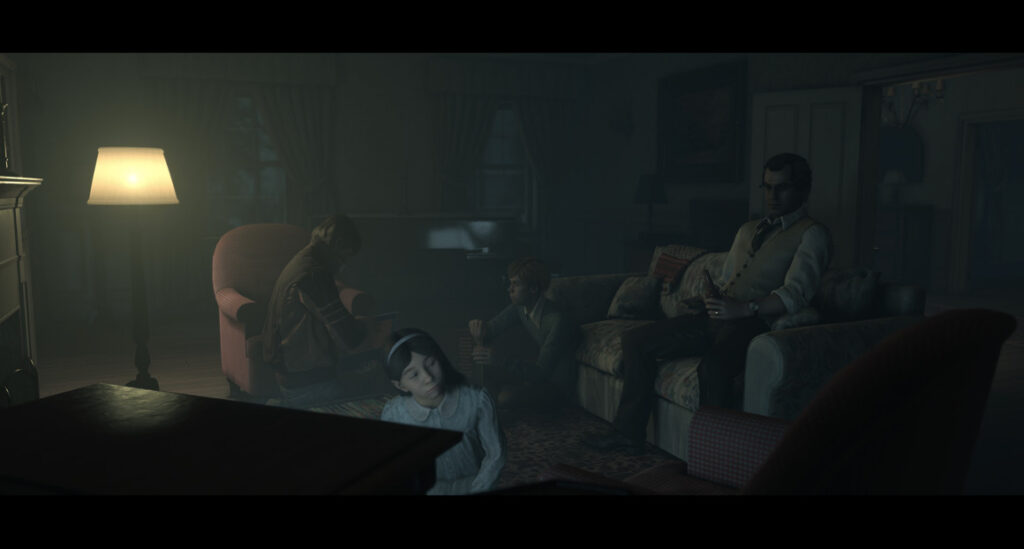
Fast forward to the present where a bus crashes after being forced to take a detour through Little Hope. The passengers, a college professor and his four students, must now find a way out of the foreboding town. The driver has also disappeared and needs to be found. These opening events serve well to hook the player in, before unleashing them on the unfolding story. This can vary drastically, where anyone and everyone can either die or survive.
Time to Explore
If you’ve played the previous games, then you’ll know what to expect in terms of gameplay. Most of your time will be spent slowly exploring the town’s landscape and buildings, regularly switching control between the characters. These moments can be dull, particularly when walking down the same foggy roads, but this is alleviated by conversations between characters and the presence of a faster walk button. Exploration is also broken up by finding secrets/collectables, dialogue with choices, as well as the various quick-time events.
Finding secrets and other interactable objects is an important aspect for gaining a better understanding of the story and the town’s difficult history, both decades and centuries ago. These objects are easily visible by a glowing light and I recommend trying to find as many as possible. Most of them are text-based and many are accompanied by comments from the protagonists. While these aren’t a necessity, they will give you a better appreciation of the narrative and its twists and turns.
Be Careful What You Say
Dialogue choices also play a key role in the experience, appearing as an option throughout the game. In general, these often don’t have an immediate effect like QTEs, but they do make an impact in more subtle ways and some big ways later on. Depending on your choices, the relationships between characters will improve or get worse. Dismissing or acting angry at a certain individual will cause an obvious, negative effect on the relationship bar. Dialogue options also impact personality traits. What I love, is that these traits actually have a direct effect on the narrative depending on what they are. They were present in Man of Medan but didn’t seem to have any clear impact.
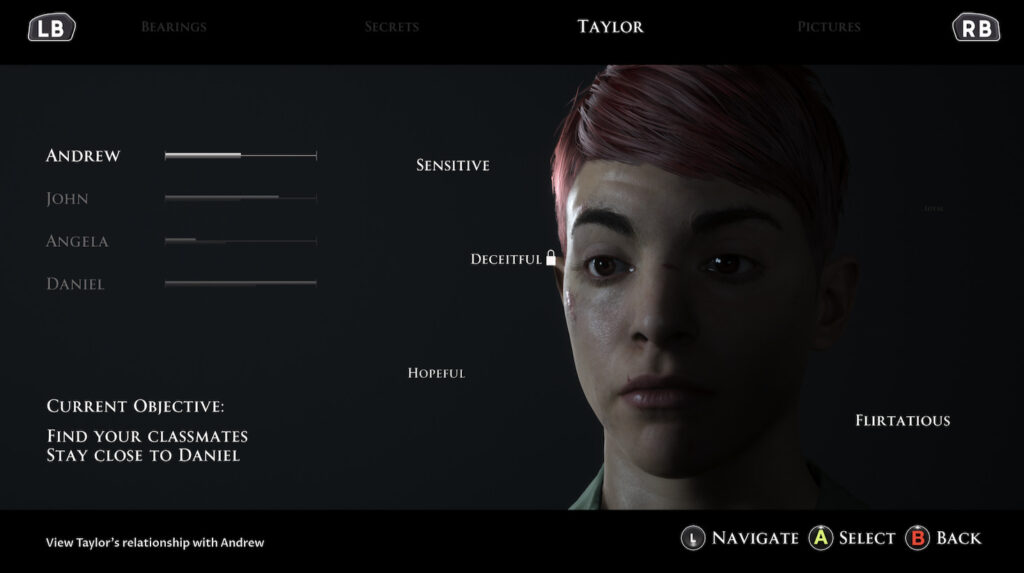
QTEs are the main focus here, while also being the most engaging aspect of the gameplay. They vary from simple actions like pushing a door open, to defending yourself in life-threatening situations. Single-button presses, rapidly tapping, aiming the reticule at a target and even pressing multiple buttons in a rhythmic pattern. These keep you on your toes since they can occur at unexpected times, catching the relaxed person off guard. Failing one might not always have much impact on its own but failing multiple will. They can also have long term effects or even cause death. While QTEs in other games can often be an annoyance and pretty unnecessary, they work well here due to the stakes being high and add tension throughout the entire game.
Scare Factor
There was one particular scenario where two protagonists were trying to escape a monstrous entity. The game constantly switched perspectives between them, as you had to complete consecutive QTEs to avoid death. It was both tense and terrifying, highlighting how great the implementation is. There are accessibility options in the menu that remove the time-out penalty, only single button prompts and other options. It’s always great to see considerations like this for players.
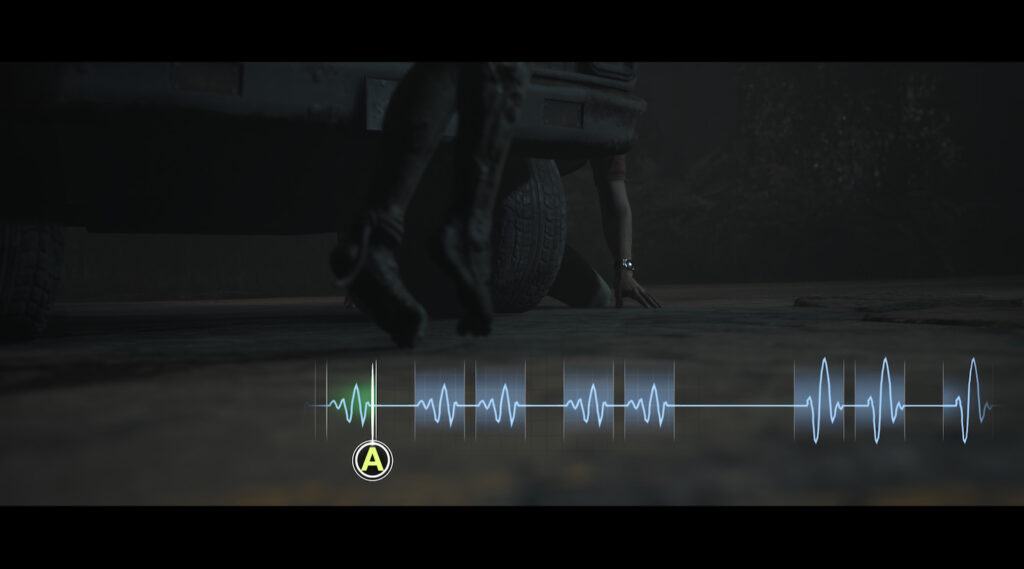
Little Hope is a scary game, no doubt about that. While QTEs add layers of tension and suspense on their own, other aspects improve the experience and scare factor. There are many times when a fixed camera is used to position frights around the scene, often just as they slink out of frame.
The sinister entities you encounter are terrifying and grotesquely designed, with narrative reasoning behind them. When these are used alongside QTEs, it becomes so much better. It’s also great the developers chose to restrict how much you see of them at a time, rarely seeing the whole thing clearly. This adds an element of the unknown, causing the player’s imagination to wander and fill in the gaps until the climax. Unfortunately, there is also plenty of cheap jump scares throughout. In fact, the same one was used around ten times, wearing thin pretty quickly.
You Don’t Have To Go Alone
It’s also worth noting the multiplayer aspect. I personally played the game alone, but it’s possible to play via online multiplayer or couch co-op. In Movie Night (couch co-op), you take turns playing as the characters you selected. In Shared Story (online co-op), you play simultaneously, each with a different character. This is the better option since you won’t always know what the other person is doing and what their options are. You can choose to help each other or work to save yourself.
Characters
In terms of characters, I felt like this game had the weakest cast compared to Man of Medan and Until Dawn. The main five you control: Andrew, Angela, Daniel, Taylor and John, just aren’t memorable overall. The game is quite short, lasting about three and a half hours, which leaves little time for you to grow much of an attachment to them. This was an issue in its predecessor but feels more apparent here when the game not only focuses on these five but also doppelgängers from the past. It ends up spreading itself too thin. However, the game actually changed my opinion of Angela, the mature, cynical student. I didn’t like her at all at first, but soon came around to actually root for her and tried my hardest to keep alive until the end.
A Deep Story
The story will be very divisive amongst players, where you will either love or hate it. On the surface it might seem like a simple ‘try to survive and escape’ tale, it quickly becomes apparent there are other elements at play. The narrative has a lot to like, from the present-day survival parts to the intriguing sections that explore the town’s Witch Trials from centuries ago. At various points in the game, you’re sent into the past and can influence events there. Uncovering the mystery that links these two times together, including the reason behind the identical characters, is very compelling. However, the truth behind the entire game’s narrative and the ending, is what will divide people.
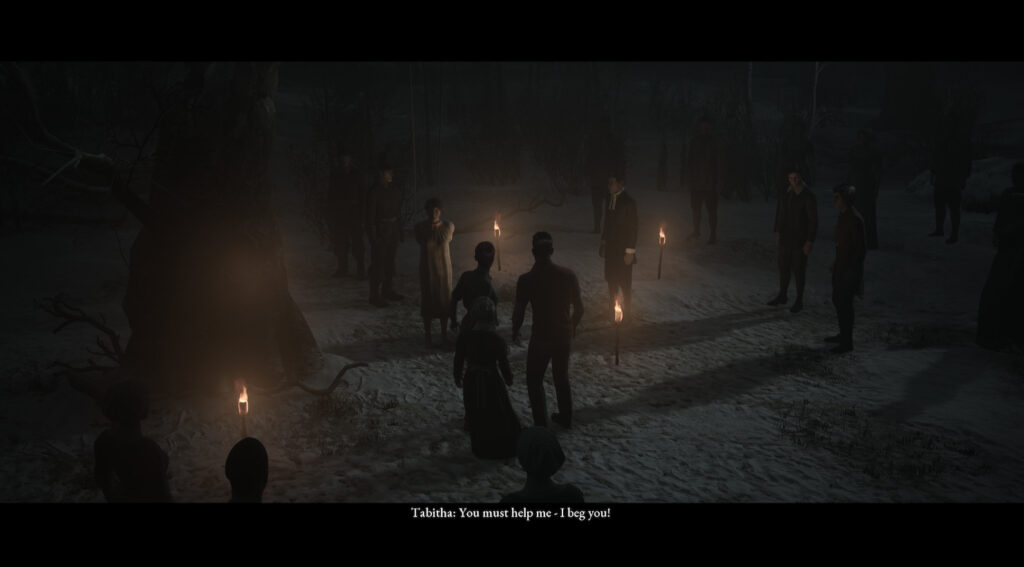
If you’ve paid close attention and read various secrets throughout the game, then it won’t likely surprise you, but not everyone will like the revelations. The context surrounding the truth and the heavy themes the story deals with helps elevate the narrative and ending to something quite special. While the initial, knee-jerk reaction might be underwhelming, there’s so much to appreciate once you sit back and think on it. It can be said it ruins replay value somewhat, but there’s still much fun to be had from trying out various different choices and scenarios. The chapter select is a useful tool in this respect.
Sights and Sounds of Horror
An undeniable aspect of Little Hope is the brilliant graphics. The visual fidelity on display is apparent right from the start. Character models are highly detailed and lifelike in their facial animations, which admittedly, can take a turn into ‘uncanny valley’ territory, especially when face and mouth movement can be exaggerated and awkward at times. Texture quality is superb, from clothing and furniture to foliage and natural surfaces like wood. Alongside the excellent lighting, everything comes together to create a visual treat, with a tense and foreboding atmosphere. I have to mention the designs for the various creatures you encounter. They are so unique and grotesque, filling you with a sense of dread whenever they are on screen. The narrative links and reasoning behind their designs only make them better.
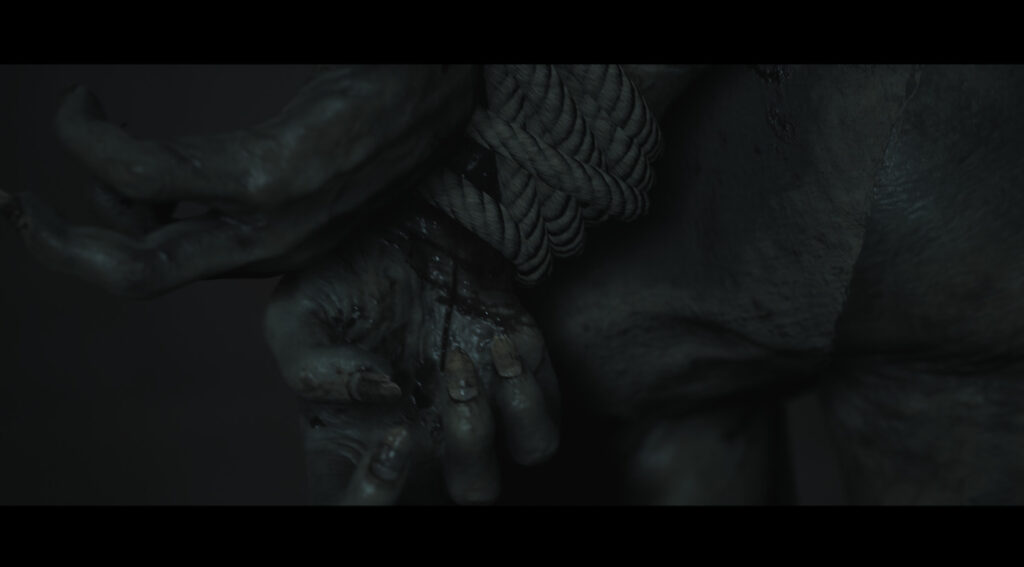
The audio works just as well as the visuals to build tension and fear in the player. Walking along the dimly lit woods, foggy roads and long-abandoned buildings are made all the creepier when eerie music plays alongside. Various audio tricks and noises, such as creeks, bangs and moans in the distance are successful in building the atmosphere. Performance-wise, the game runs at a mostly stable 30fps on consoles, although this can dip in a number of sections. But due to the nature of the gameplay, it never becomes a problem.
Conclusion
Little Hope is a thrilling horror game full of many great aspects, but it also left me feeling conflicted. Its gameplay continues the suspenseful, tension and anxiety-inducing affairs of Supermassive Game’s previous titles while being accompanied by excellent visuals and audio. The narrative may divide the player base, but its execution and themes mean there is a lot to like here, particularly piecing the mystery together for yourself. It’s a shame the characters are quite weak and forgettable, not helped by the short runtime, but the other aspects pull their weight in providing a tense and thoughtful horror experience.
Rapid Reviews Rating

3.5 out of 5
3.5
You can buy your copy of Little Hope from the Microsoft Store today.

You can find and read our reviews on OpenCritic.




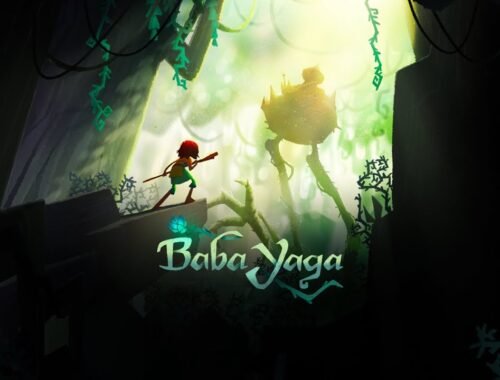
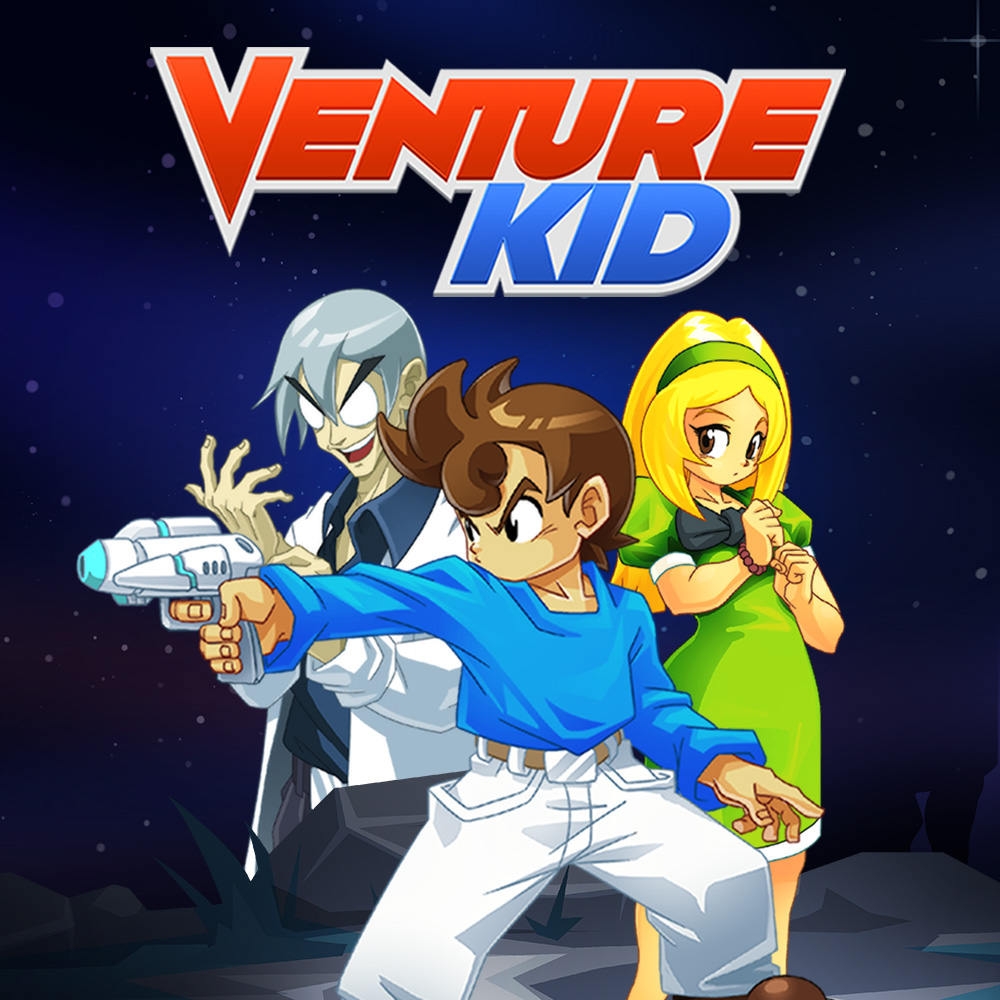
One Comment
Pingback: